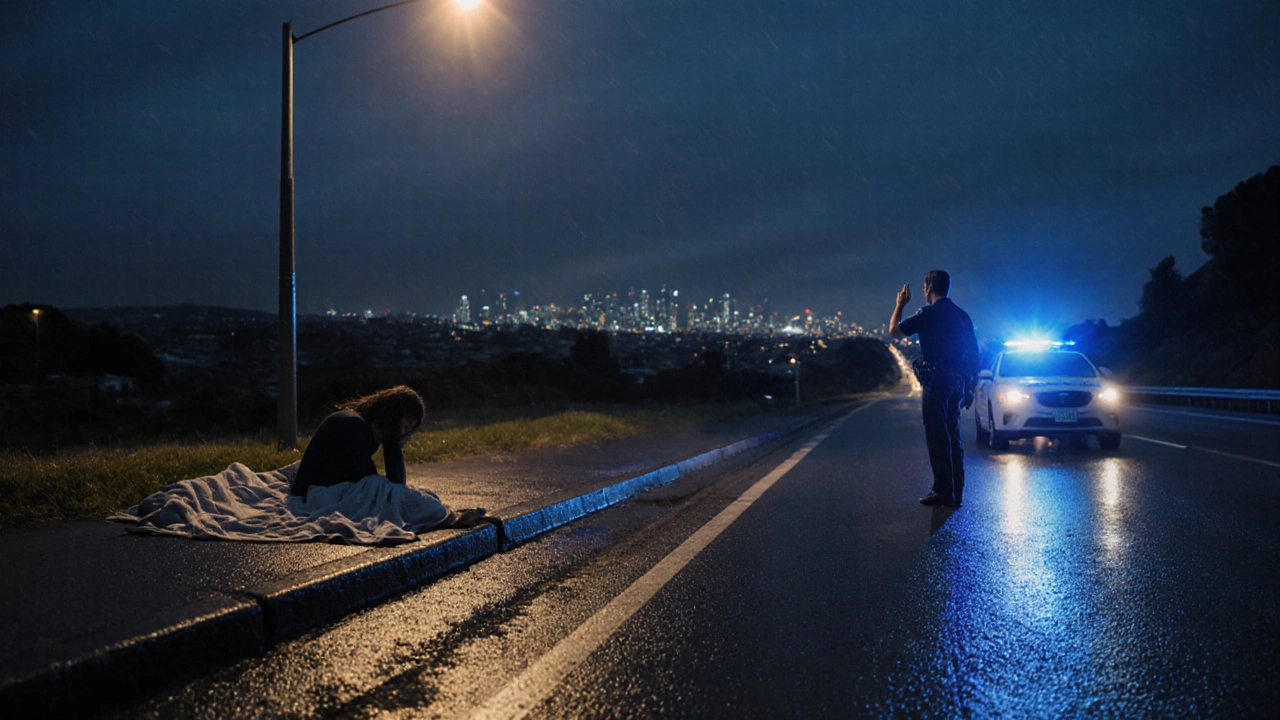Public Sleeping Laws: What They Are and Why They Matter
When working with Public Sleeping Laws, rules that determine where and when people may sleep in open spaces. Also known as anti‑vagrancy ordinances, they shape the daily lives of many, especially those experiencing homelessness. These laws intersect with Homelessness Policies, government measures that aim to address housing insecurity and with Municipal Ordinances, local rules that cities use to manage public order. Understanding this network helps you see why a simple citation can ripple through shelter policy, legal rights, and community safety.
How Public Sleeping Laws Connect to Vagrancy and Shelter Strategies
Public sleeping laws often label the act of sleeping outdoors as a form of vagrancy. That label triggers Vagrancy Laws, statutes that criminalize loitering or sleeping in public without permission. The result is a legal triangle: city ordinances define the space, vagrancy laws assign penalties, and shelter policies dictate where safe alternatives exist. For example, a city may impose fines for overnight park use while simultaneously funding emergency shelters. This creates a push‑pull dynamic—people are pushed off the streets by enforcement and pulled toward shelters through public funding. The interaction illustrates the semantic triple: Public sleeping laws → require → municipal compliance, municipal compliance → influences → vagrancy enforcement, and vagrancy enforcement → shapes → shelter policy.
Another key player is the Housing Rights Movement, advocacy groups that fight for legal protections for unhoused individuals. This movement pushes back against restrictive ordinances by filing lawsuits, lobbying for “right‑to‑sleep” provisions, and promoting low‑threshold shelters. When a court rules that a city’s sleeping ban violates constitutional rights, the ordinance often has to be rewritten, which in turn changes how enforcement officers operate on the ground. The chain reaction shows another semantic link: Housing rights advocacy → modifies → public sleeping laws, leading to more humane shelter policy and reduced criminalization of homelessness.
Practical implications matter for anyone navigating these rules—whether you’re a volunteer, a policy maker, or someone affected directly. Knowing the exact definition of a public sleeping law helps you understand what actions might trigger a citation. It also clarifies which city department handles enforcement—often the police or a dedicated code enforcement unit. Meanwhile, awareness of related vagrancy statutes signals when a fine might turn into a misdemeanor charge. Finally, staying informed about shelter policy changes lets you recommend alternative resources, such as night‑time drop‑in centers or legal aid clinics that specialize in defending the rights of unhoused residents.
Below you’ll find a curated set of articles that dive deeper into each piece of this puzzle. From the tax implications of charitable trusts that fund shelters to the health benefits volunteers enjoy while helping the homeless, the collection offers actionable insight. Whether you’re looking to understand the legal landscape, explore effective community outreach, or learn how volunteers can make a real difference, the posts ahead give you the facts and tools you need to engage confidently with public sleeping laws and their broader impact.
Can I Legally Sleep on the Side of the Road in New Zealand?
Learn if you can legally sleep on the side of the road in New Zealand, understand national and local rules, and discover how to protect your rights while staying safe.
Read More